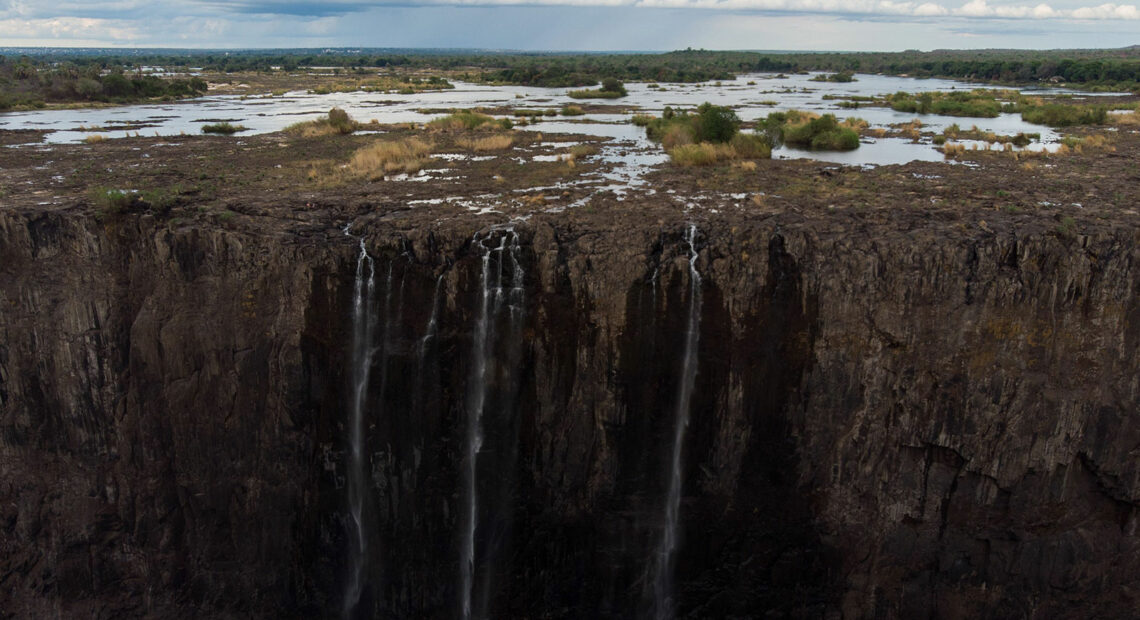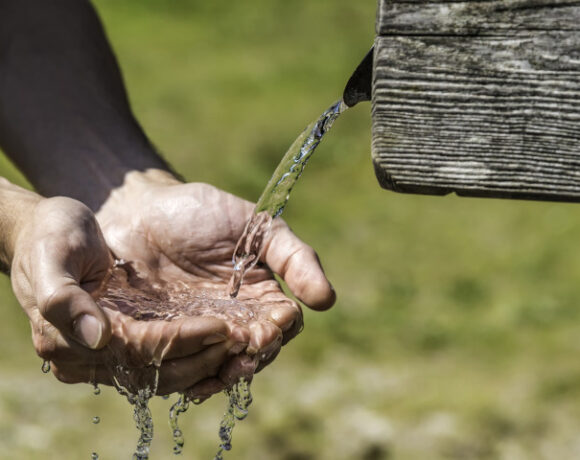Lost Splendor: The Drought-Induced Desiccation of India’s Famous Waterfalls

India is a land blessed with numerous natural wonders, including its magnificent waterfalls. These majestic cascades have long been a source of awe and inspiration for travelers and nature enthusiasts alike. However, the impact of climate change and recurring droughts has taken its toll on some of these iconic waterfalls. In this blog, we will explore six famous waterfalls in India that have dried up due to drought conditions, highlighting the consequences of environmental challenges on these once-thriving natural wonders.
- Dudhsagar Falls, Goa: Located on the Mandovi River in Goa, Dudhsagar Falls is known for its picturesque beauty and milky-white cascades. However, this breathtaking waterfall has witnessed a decline in its flow in recent years. Decreased rainfall and the drying up of feeder streams have contributed to the reduced water volume, leaving behind a mere trickle during the dry seasons.
- Jog Falls, Karnataka: Jog Falls in Karnataka is one of India’s highest waterfalls, attracting visitors from all over the world. Sadly, this natural marvel has experienced a significant decrease in water flow due to prolonged drought conditions. The Sharavathi River, which feeds the falls, has seen reduced water levels, resulting in an underwhelming display of the once-mighty cascades.
- Athirappilly Falls, Kerala: The enchanting Athirappilly Falls in Kerala, often referred to as the “Niagara Falls of India,” has also fallen victim to the adverse effects of drought. The Chalakudy River, which feeds the falls, has witnessed diminished water flow, leaving the waterfall with a fraction of its former glory. The decline in water levels has raised concerns about the ecological impact on the surrounding flora and fauna.
- Hogenakkal Falls, Tamil Nadu: Situated on the Kaveri River in Tamil Nadu, Hogenakkal Falls is renowned for its roaring cascades and therapeutic properties. However, persistent droughts have led to a decrease in water volume, affecting the grandeur of the falls. The tourism-dependent communities in the region have also faced economic challenges due to the decline in visitors.
- Kempty Falls, Uttarakhand: Kempty Falls in Uttarakhand has been a popular tourist attraction for decades, offering respite from the summer heat to both locals and visitors. Unfortunately, the falls have experienced a significant decrease in water flow due to diminishing rainfall patterns. This decline has impacted the local tourism industry and the livelihoods of those dependent on it.
- Nohkalikai Falls, Meghalaya: Nestled in the picturesque state of Meghalaya, Nohkalikai Falls is one of the tallest waterfalls in India. However, changing weather patterns and water scarcity have resulted in reduced flow in recent years. This decline not only affects the captivating beauty of the falls but also poses a threat to the biodiversity of the region.
The drying up of these famous waterfalls in India serves as a stark reminder of the consequences of climate change and recurring droughts. The loss of these natural wonders not only impacts the tourism industry but also raises concerns about the long-term ecological effects on the surrounding ecosystems. It is crucial for us to recognize the importance of sustainable practices and take collective action to mitigate the impact of climate change, ensuring that these stunning waterfalls and other natural treasures continue to thrive for future generations to admire and appreciate.
Picture Courtesy: Google/images are subject to copyright








